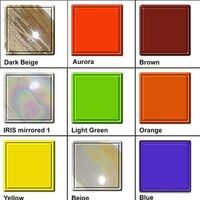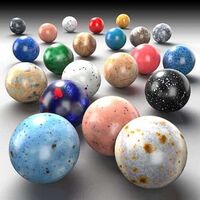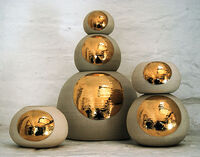What is Barium Carbonate? What is Barium Carbonate used for? How is Barium Carbonate used in ceramics? What is the role of Barium Carbonate in pyrotechnics
BaCO3
Barium carbonate (BaCO3) is a chemical compound composed of barium, carbon, and oxygen atoms. It is a white, odorless powder that is insoluble in water but soluble in acids. Barium carbonate has several industrial and commercial applications.
Here's an overview of barium carbonate and its uses:
Glass Manufacturing: Barium carbonate is a key ingredient in the production of optical glass and certain types of glassware. It can help reduce the refractive index and increase the density of glass, making it suitable for lenses, prisms, and other optical components.
Brick and Tile Industry: It is used as a flux in the brick and tile manufacturing process. Barium carbonate can lower the melting temperature of clay and other raw materials, helping to form solid and durable ceramics.
Barium Compounds Production: Barium carbonate is a precursor chemical for various barium compounds, including barium chloride, barium sulfide, and barium oxide. These compounds have applications in the electronics, chemical, and metallurgical industries.
Rat Poison: Historically, barium carbonate has been used as a component in certain rat and rodent poisons. However, due to its toxic nature, its use in such products has decreased or been banned in many regions.
Barium Sulfate Production: Barium carbonate is used in the production of barium sulfate, which is widely used as a filler in plastics, paints, coatings, and in medical imaging procedures such as barium meals and barium enemas.
Fireworks: Barium carbonate is sometimes used in the pyrotechnics industry to create green colors in fireworks displays. It is a common component in green fireworks compositions.
Textile Industry: In the textile industry, barium carbonate is used as a mordant to help fix dyes to fabrics.
Electronics: It is used in the manufacture of certain electronic components, such as ceramic capacitors, where it serves as a dielectric material.
Chemical Reagent: In some chemical reactions and laboratory processes, barium carbonate may serve as a reagent or catalyst.
It's important to note that barium carbonate is toxic when ingested or inhaled, and exposure to it should be minimized. Proper safety measures and precautions must be followed when handling this compound, especially in industrial settings. Due to its toxicity, its use in consumer products like rat poisons has decreased over time, and safer alternatives are often preferred. Barium carbonate is the inorganic compound with the formula BaCO3. Like most alkaline earth metal carbonates, it is a white salt that is poorly soluble in water. It occurs as the mineral known as witherite. In a commercial sense, it is one of the most important barium compounds.
Barium Carbonate or BaCO3 is also called Whiterite named after William Withering who discovered this white mineral in 1784 from barytes.
Formula: BaCO3
Molecular Weight: 197.34 g/mol
Form: white crystals, Odorless
CAS Number: 513-77-9
Density: 4.286 g/cm³
Synonyms: Carbonic acid, barium salt, Barium monocarbonate, Pigment White 10, Witherite, Baryta Carbonica, Nezudai
Barium carbonate - Witherite: Properties, Uses, and Safety
- Brand: Degussa
- Product Code: Oxide - Barium carbonate - BaCO3
- SKU: BaCO3
- Availability: 343
- 0.99€
-
0.59€
Available Options
Related Products
Potassium Nitrate - Unlocking the Potential of Saltpeter: Applications and Benefits of Saltpetre
KNO3 Potassium nitrate, also known as saltpeter, is a chemical compound with the formula KNO3. It is a white, cryst..
0.99€
BARIUM HYDROXIDE: Unveiling Applications, Properties, and Industrial Significance - Barii Hydroxidum
Ba(OH)2 Barium hydroxide (Ba(OH)₂) is a chemical compound composed of barium, oxygen, and hydrogen ions. It is an a..
0.59€
Magnesium hydroxide - Milk of magnesia
Mg(OH)2 Magnesium hydroxide is the inorganic compound with the chemical formula Mg(OH)2. It occurs in nature as the..
0.59€
COPPER NITRATE - Exploring the Wonders of Cupric Nitrate: Properties, Uses, and Applications
Cu(NO3)2 Copper(II) NitrateUses:Catalysis: Copper(II) nitrate is used as a catalyst in various chemical reacti..
0.59€
Tags: oxide

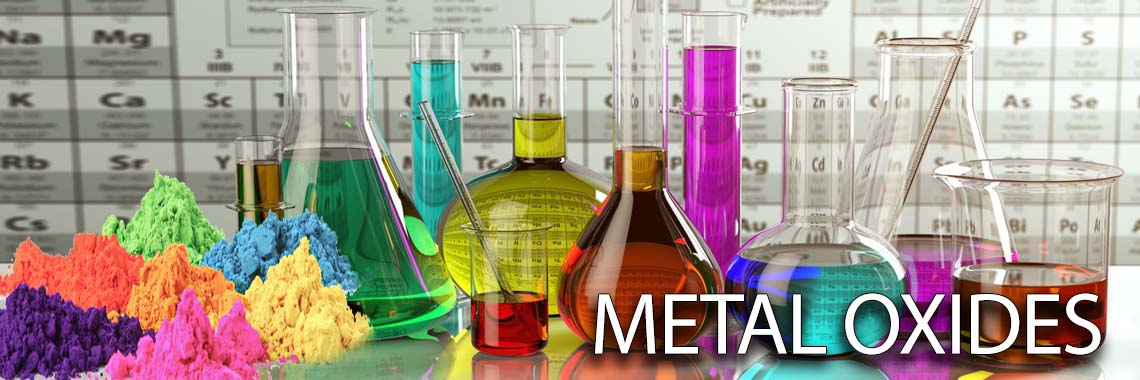
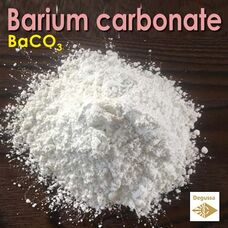
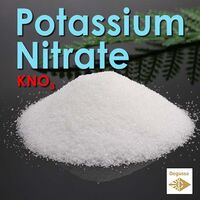
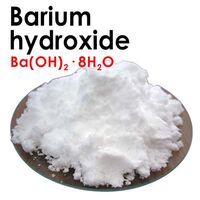
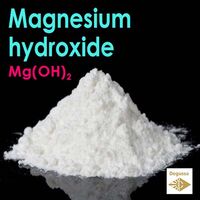
-nitrate-LQ-200x200.jpg)
